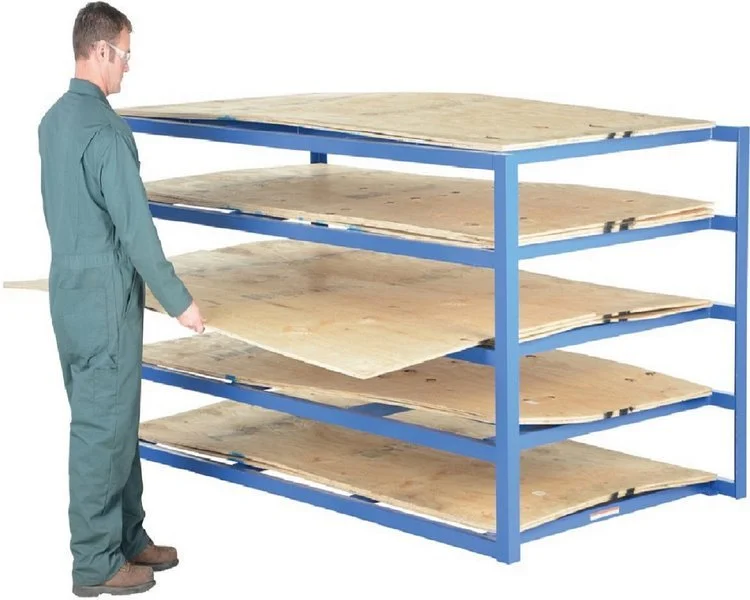Choosing an appropriate tread type for the platform or ladder you need for your particular application may be somewhat difficult if you are not familiar with the different tread types and the characteristics of each type.
Read MoreBasics of OSHA 1910.25
As of December 17, 2019, OSHA 1910.25 defines the acceptable angle of incline for fixed stairs, ladders and ramps. Among other things, 1910.25 also defines acceptable tread depth, riser height, landings, doorway and gate swings, handrails, vertical clearance, and anticipated live load rating. The focus of this article will be angle of incline for fixed stairs, ladders and ramps, but a few other points unrelated to angle of incline will be included.
Read MoreWhat Are the Benefits of a Rolling Ladder?
Rolling ladders, because they roll, are easy to move from one location to another. Step ladders and extension ladders have to be picked up and carried to another location. Some rolling ladders have four wheels and others have only two wheels. The ones with only two wheels are moved about the same way one would move a wheelbarrow.
Read MoreUnderstanding Modular Cleanrooms
If a company is manufacturing or packaging pharmaceutical products, nutraceutical supplements, or medical devices, they are likely going to require a cleanroom environment. One possible economical solution may be a modular cleanroom.
Read MoreWhat is a Rolling Ladder?
There are many configurations of rolling ladders. Accordingly, it may be difficult to select the right one for your application. Most rolling ladders sold are “off the shelf” items. That said, some are custom made and appropriate only for certain tasks. Because some “off the shelf” rolling ladders have a variety of options that can be added to the base unit, it is sometimes possible to form a unique “off the shelf” rolling that is appropriate for a specific job task.
Read More


































